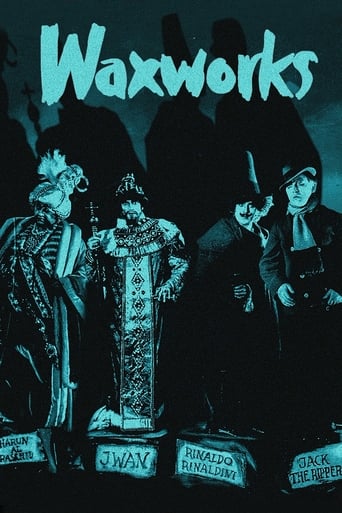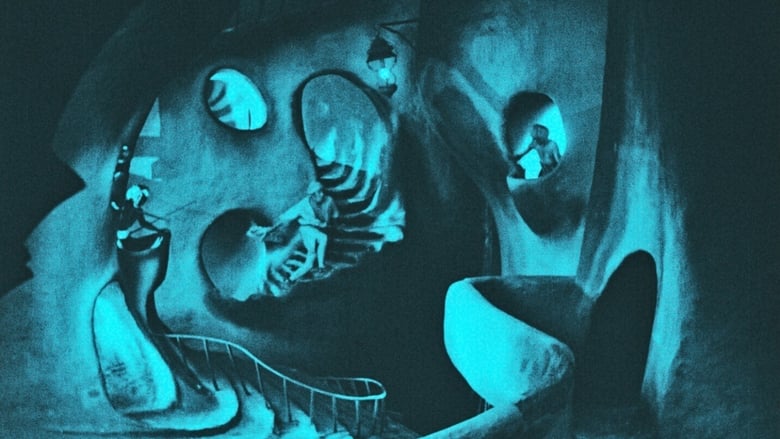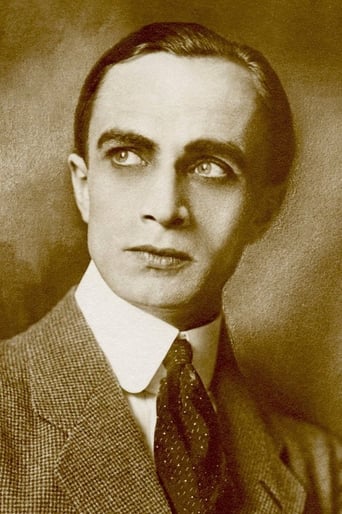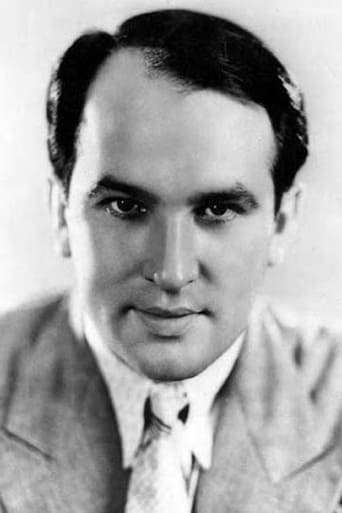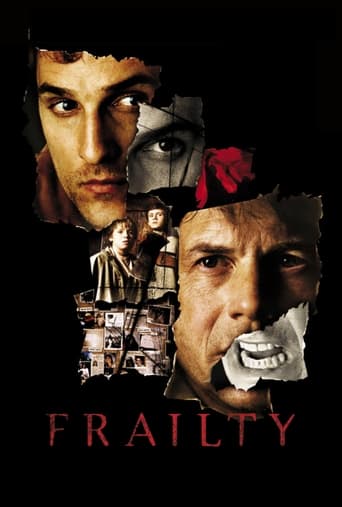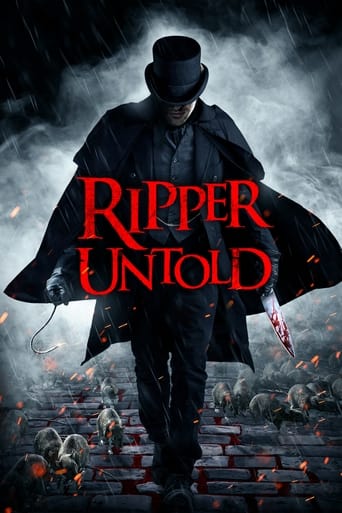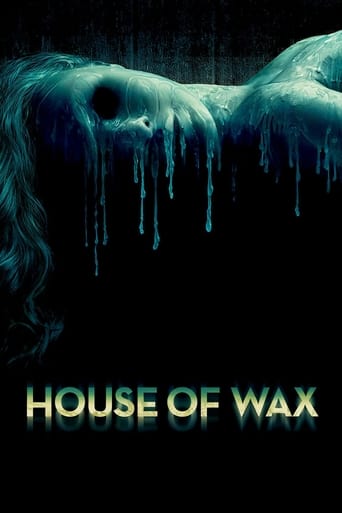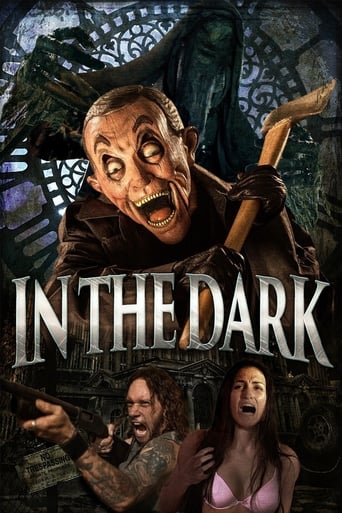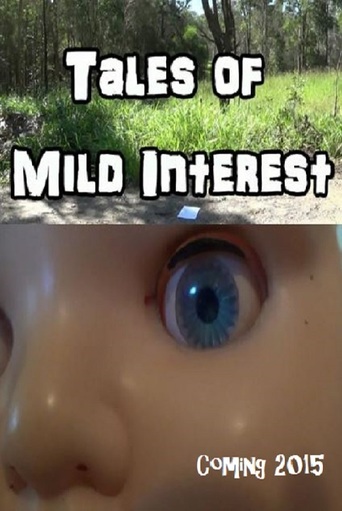Waxworks (1926)
A poet is hired by the owner of a wax museum in a circus to write tales about Harun al Raschid, Ivan the Terrible and Jack the Ripper. While writing, the poet and the daughter of the owner, Eva, fantasize the fantastic stories and fall in love for each other.
Watch Trailer
Free Trial Channels
Cast


Similar titles
Reviews
Slow pace in the most part of the movie.
Good movie but grossly overrated
It isn't all that great, actually. Really cheesy and very predicable of how certain scenes are gonna turn play out. However, I guess that's the charm of it all, because I would consider this one of my guilty pleasures.
At first rather annoying in its heavy emphasis on reenactments, this movie ultimately proves fascinating, simply because the complicated, highly dramatic tale it tells still almost defies belief.
A poet is hired by the owner of a wax museum in a circus to write tales about Harun al Raschid, Ivan the Terrible and Jack the Ripper. While writing, the poet and the daughter of the owner, Eva, fantasize the fantastic stories and fall in love with each other.Director Paul Leni tells three stories, with the great German actors Emil Jannings ("Last Laugh"), Werner Krauss ("Cabinet of Dr. Caligari") and Conrad Veidt ("Caligari") playing their roles. With this cast and director, you should expect greatness. Personally, I did not find it as great as it could have been, but this may be because I was expecting a horror film and because the film's quality was not what it could be.Kino deserves a lot of credit for releasing this film, especially considering that they had to mix two different sources. The unfortunate part is how pixelated the film is. Even on a medium-sized TV, the squares are evident. Maybe this is unavoidable, but it does make the transfer look cheap. (To be fair, the version I saw in the theater looked no better.)I am tempted to complain about historical accuracy, but I will not. I hope people know that Ivan the Terrible did not get obsessed with an hour glass and that Jack the Ripper never killed men. But, heck, who knows? I will say this: if you watch the film in a theater (which is quite a treat), the only way to do this is with live organ accompaniment. Please watch it like that, otherwise just rent or buy it. The Kino version comes with a nice Paul Leni short.And keep in mind how influential this film was. All wax museum films can be traced back to it, and it is widely believed that "Thief of Baghdad" took its inspiration from this film.
It's only when you begin to delve deeper into works of German Expressionism that you can appreciate how important and influential a film was 'The Cabinet of Dr. Caligari (1920).' It demonstrated to filmmakers and audiences that cinema is an inherently artificial medium, and so, rather than striving for realism, films should emphasise the fake and fantastic elements of their story. Though Frenchman Georges Méliès had first struck on this idea at the turn of the twentieth century, it was Robert Wiene's creative horror film that established German Expressionism as the defining artistic style of the 1920s, securing post-War Germany as cinema's most prominent innovator and paving the way for directors F.W. Murnau, Fritz Lang and Paul Leni {each of whom were later coaxed to Hollywood to share their expertise}. The hand of 'Caligari' is evident throughout 'Das Wachsfigurenkabinett / Waxworks (1924),' a fantasy/horror that is framed around a young writer's attempt to concoct thrilling tales to accompany three carnival waxwork characters - Harun al Raschid, Ivan the Terrible and Jack the Ripper.Three names come to mind more readily than most when one considers silent German actors: Conrad Veidt {'The Man Who Laughs (1928)'}, Werner Krauss {'Herr Tartüff (1925)'} and, of course, Emil Jannings {'Faust (1926)'}. It's no surprise that both Veidt and Krauss had achieved their stardom with 'The Cabinet of Dr. Caligari' four years earlier, and the parallels between that film and 'Waxworks' stretch much further than the mere casting decisions. The film, co-directed by Paul Leni and Leo Birinsky, employs grossly-exaggerated art direction {the sets designed by Leni himself} and Helmar Lerski's imaginatively-warped cinematography to highlight the fantasy in each story, even though there are very few elements that would ordinarily be considered fantastic. Emil Jannings plays the rotund Harun al Raschid, the fifth Abbasid Caliph, with a loathsome repugnance that gradually gives way to a certain likability. When his intentions towards the beautiful Maimune (Olga Belajeff) are shown to be friendly rather than sexual, he becomes an affable and cartoonish oaf.This segment is followed by the story of Ivan the Terrible (Conrad Veidt), who is driven to madness by the trickle of sand through an hour-glass, every falling grain bringing him closer to demise. Veidt plays the cruel Grand Prince of Moscow with a wide-eyed craziness that calls to mind the intense acting style of fellow-German Klaus Kinski. One of the earliest portrayals of Ivan the Terrible, this segment no doubt influenced Sergei Eisenstein when he directed 'Ivan the Terrible: Part I and II (1944).' The final story, definitely the scariest of the three, concerns Jack the Ripper also referred to as the mythical Spring-Heeled Jack for some reason, perhaps due to a translation error. Though it barely runs for five minutes, I found my heart genuinely thumping as Jack (Werner Krauss) stalked through the dream-like haze of Luna Park, as the young writer (William Dieterle) and his girl (Olga Belajeff) flee from his multiple eerie shadows, every step leading them ever-so-closer to the cold glint of his knife.The framing device around which 'Waxworks' revolves unavoidably leads to a distracting unevenness of tone, the atmosphere fluctuating between light-hearted comedy and gruelling horror. Also rather frustrating is the fact that Jannings' segment, while certainly entertaining at a satisfactory level, is afforded so much screen-time, and yet Krauss' Jack the Ripper killing-spree is wrapped up in a matter of minutes. Since a fourth character tale, about Rinaldo Rinaldini, was scrapped due to budget constraints, I suspect that funding also played a role in reducing the third act. However much of an oddity it might be, 'Waxworks' is nevertheless a visual marvel, and no shortage of imagination has been expended on the strange and exciting set and costume designs. The film certainly impressed studios in Hollywood, for director Paul Leni was subsequently lured to the United States to continue his career, after which he notably directed 'The Cat and the Canary (1927)' and 'The Man Who Laughs (1928),' before his premature death in 1929.
Three stories, perhaps loosely based on those of O'Henry, set within the clever framing device of a man trying to compose the tales of 3 waxwork figures. He imagines himself and the owner's daughter in the stories, one of which is an Arabian Nights-type story in which he is a baker who has angered the Sultan (Jannings). He goes out to steal the Sultan's ring while the Sultan sets out to steal his wife, leaving a waxen copy of himself behind as insurance. The second story, with Veidt as Ivan the Terrible of Russia caught up in his own murderous schemes, is one-dimensional and obvious compared to the relatively witty first story; the last story, which features the hero and his girl being stalked by Jack the Ripper (Krauss) seems like it's over before it's begun. Impressive film techniques, but to me this movie is pretty uninspired compared to the better films in the gothic tradition from the period. The producers were astute in their decision to cast the genre star trio, but they tried too hard to make this movie too much like other films in its class, never letting it breathe its own air.
I really enjoyed that film. It's not a masterpiece, like "Caligari" or "Nosferatu", but a good fun film anyway. Veidt and Jannings are wonderful. The first part, about Haroun al Rashid (played by Emil Jannings), is very humorous (and funny as well), with well written plot. The second part, about Ivan the Terrible (played by Conrad Veidt), is, in contrast, very dark and depressing. In my humble opinion, it is much better than Eisenstein's movie (which also steals shamelessly from it); for sure, Veidt is better than Cherkasov. The third story is something really weird: it starts and suddenly ends, like the crew ran out of money.So, a lot of humour in the first part, a lot of "Russian gothic" ;-) in the second part, good acting, good plot, great sets -- if you like silent movies (especially expressionist silent movies), don't miss this one!P.S. If you like silent movies and still haven't seen "Cabinet of Doctor Kaligari" and "Nosferatu, symphony of horror", see them first -- they are better than "Waxworks"!

